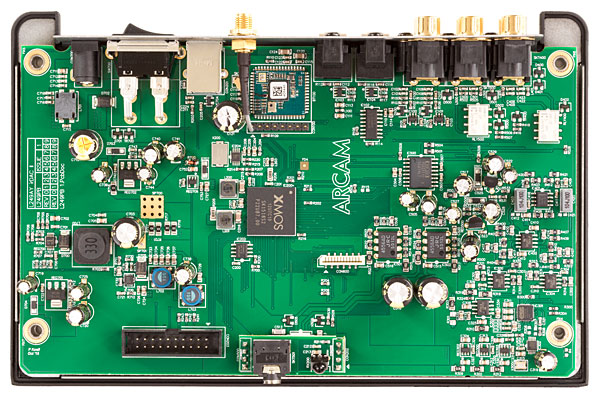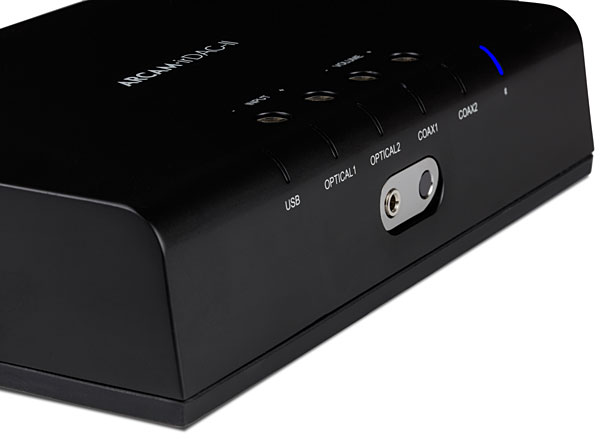| Columns Retired Columns & Blogs |
Who else should I ask?, am I asking the right person?
This Lamm Reference RIAA preamp for instance. Is it Class A Recommended? or is the Manufacturer claiming it to be well above Class A?
Seems like plenty of outfits are claiming their stuff to be Reference Class.
So, should we now expect there to be : Reference Class, Class A, Class B, Class C, etc?
Besides, is there anything in the Vinyl chain that could be Reference?, like a Clock traceable to WWV's HP Atomic Clock.
Maybe "Reference" is a "Tuning Fork".
Of course 16/44.1 Redbook would have to be a Reference, wouldn't it? and now 24/44.1 & 24/48 are useful References, aren't they?
How can a Vinyl Record be Reference, there are virtually no standards (what so ever) in the Vinyl industry or in Playback gear.
Un-less, what Chad Kassem says is true: most of the Vinyl being made is from the Digital Master ( which is of a Reference Standard ).
Confused Tony in Michigan
 The perfect comparison would have set the irDAC-II against Chord's Mojo D/A headphone amplifier ($599), which I favorably reviewed in
The perfect comparison would have set the irDAC-II against Chord's Mojo D/A headphone amplifier ($599), which I favorably reviewed in 










































